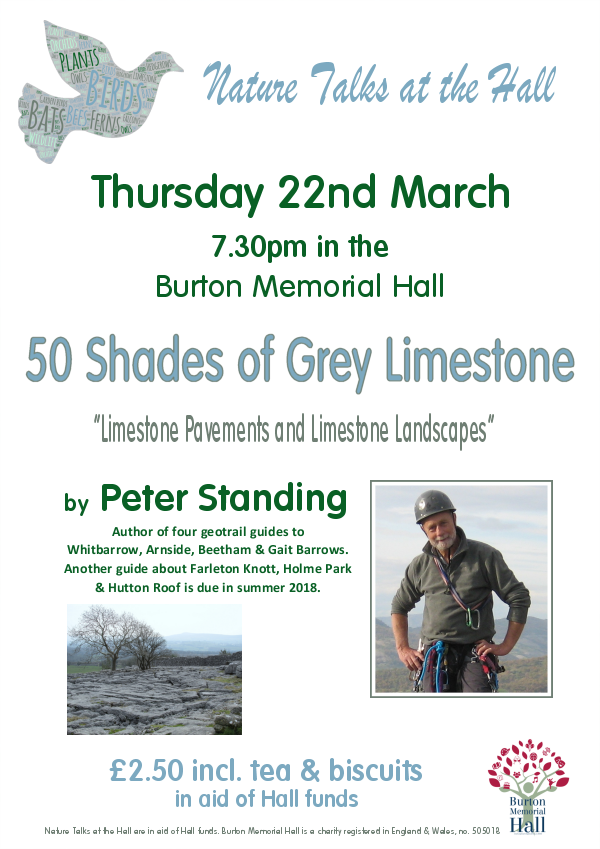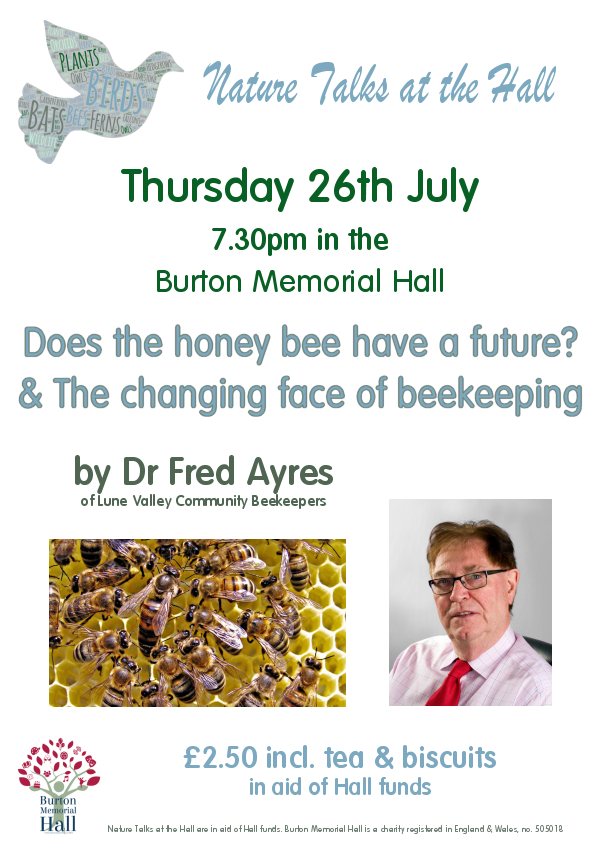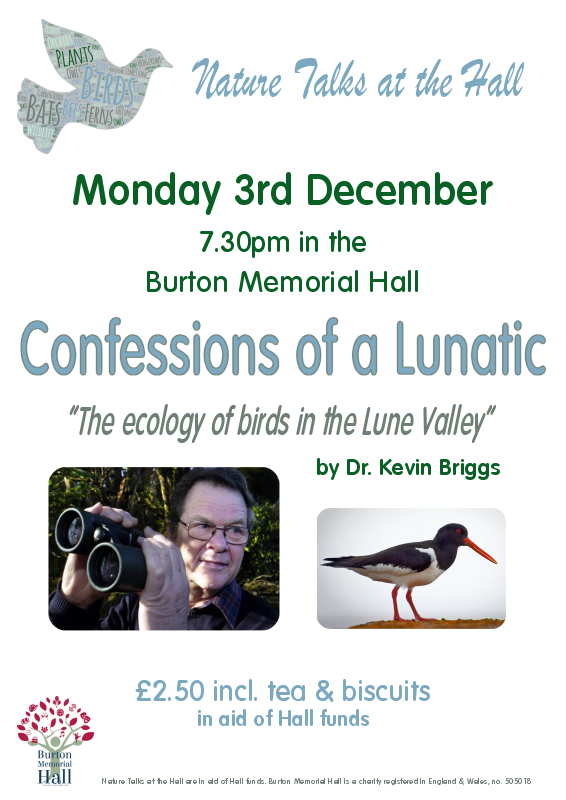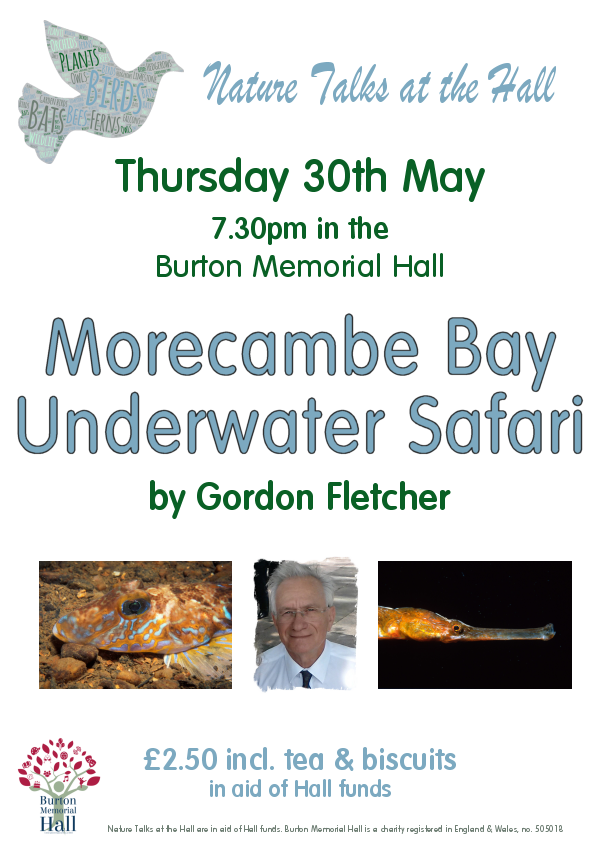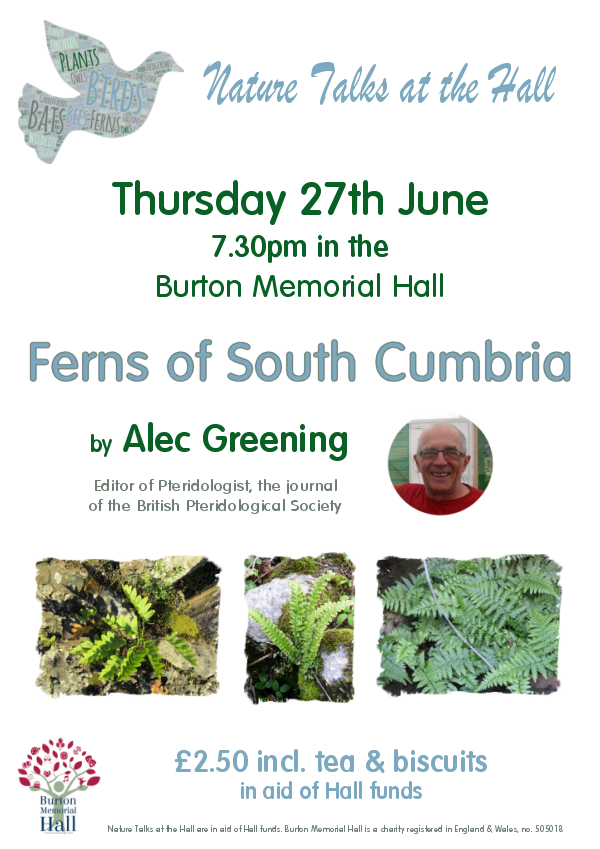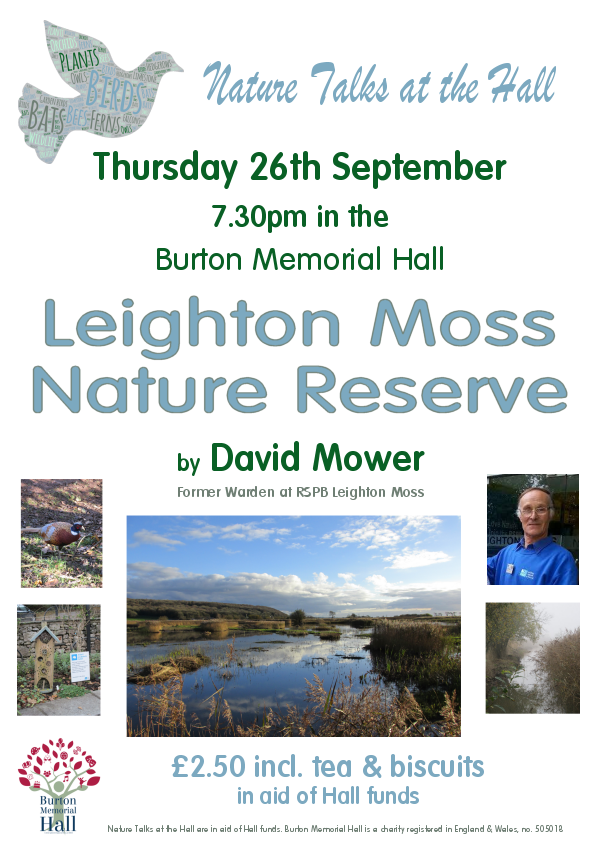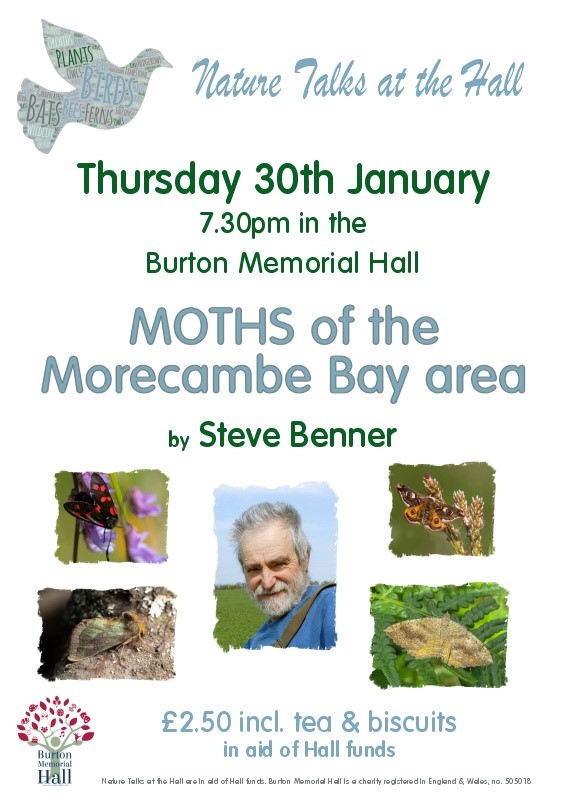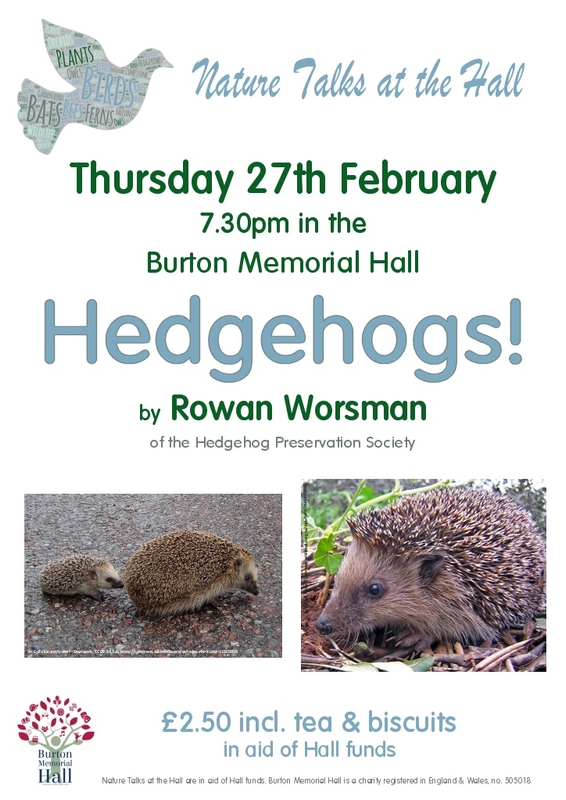| Purpurea No.3 is stunning! (Click over to enlarge) |
All the photographs included here were taken this morning unless otherwise stated. They were took on one particular local area on the Hutton Roof Crags (A Cumbria Wildlife Trust reserve)
To-day I have been checking out the Broad Leaved Helleborine (Epipactis Helleborine) "Purpurea" variants and on to-days pavement alone I have five separate plants at various locations. I also have a few more scattered about on other pavements which I have not had chance to check out this year.
The photo above is from a plant (Purpurea specimen No.3) which lies about one metre under thick canopy and its purple colouring goes in fine contrast to its unusual light green ovaries, bracts and stem. The inner Hyperchile on these plants is usually a darker red or a dark purple colour. As a rule the purple takes over the main colouring within the flowers which as always the sepal takes on the darker in relation to the slightly lighter petals. Of further interest here is that very close by to this plant (about 5 yards), but in far less canopy with just a little shade is another plant (Purpurea specimen No.4) which also has very pale green ovaries, bracts and stem so again we are treated to such a beautiful contrasting coloured specimen. I am sure that these two plants will be related! I am now putting on here a photograph which I took yesterday evening together with a close up photo of the flower, epichile and hyperchile which I took this morning and you can get some idea of the actual "purple colouring". The photo below was taken about 2000hrs just has the sun had started to go down.
| Purpurea No.4 - A lovely plant (Click over photo to enlarge) |
| Close up of the flower on Specimen Purpurea No.4 (Click over to enlarge) |
I first noticed odd plants going into "Purpurea" colouring some four years ago and did at first think that this phenomena was maybe down to some mineral reaction within the soil base. That was my early thoughts, because where you found one you could then sometimes find two or even more. Also another theory I have which I stick to even today is that canopy has something to do with it and subsequently allowing a sort of photo synthesis reaction to take place. The reason I say this is that I usually find that the deeper the plant is to or within canopy, more often than not the purple colouring goes stronger. So intermediate stages of purple colouring are taking place.
Another interesting observation into these strange "purpurea" specimens is that they do not come up like this every year. The last time the "purpurea phenomena" took place was in 2014 and of course its happening yet again this year. Last year during 2015 the same plants were just as you would expect a almost normal (perhaps slightly darker) helleborine to be. So this helped me further in regard to it being unlikely to be caused through ground mineral interference because if this was the sole reason then I would have expected the same result to occur on a regular annual basis. Although I do have to add that I would never rule out completely the "ground mineral interference idea" because this could be causing a reaction when other factors are combined together.
Purpurea No.1 which I found back in 2014 is the plant which does seem to go to the deepest purple in colour. Below are the flowers as I recorded them back in 2014.
| Purpurea No.1 which is probably the darkest one we have (Click over to enlarge) |
| The same plant two years on and photographed this morning - Purpurea No.1 (Click over to enlarge) |
And now for a lovely photograph of how Purpurea Specimen No 2 looks today:
| Purpurea Specimen No.2 (Click over to enlarge) |
And finally moving across the pavement some 300 yards I come to the last specimen (as far as I know) on this particular pavement which is Specimen Purpurea No.5
| Specimen Purpurea No.5 (Click over to enlarge) |

.jpg)
.jpg)




.jpg)



+(Small).jpg)
.JPG)




